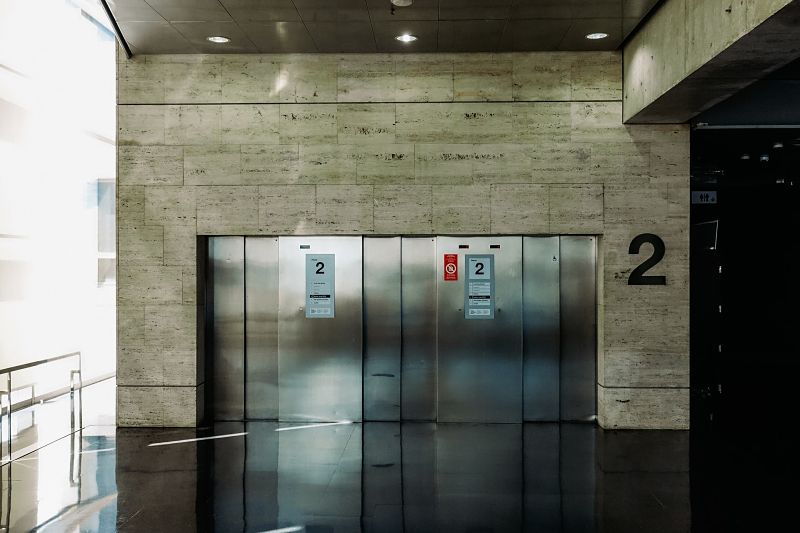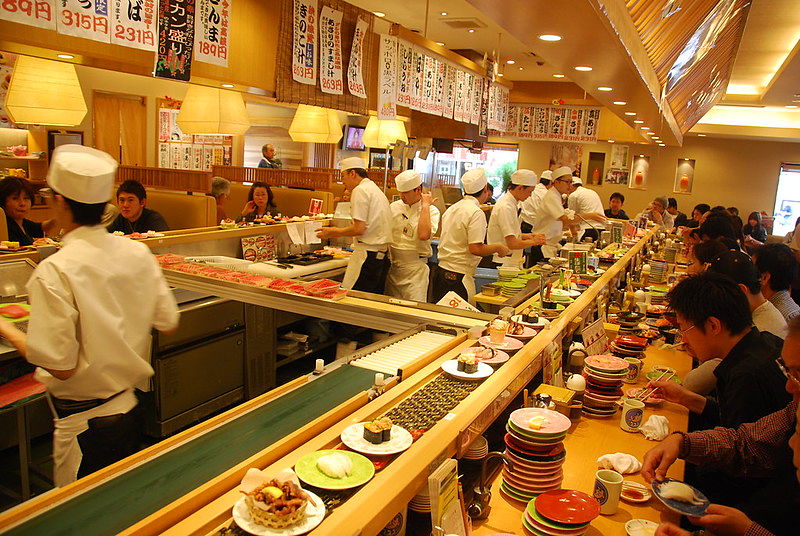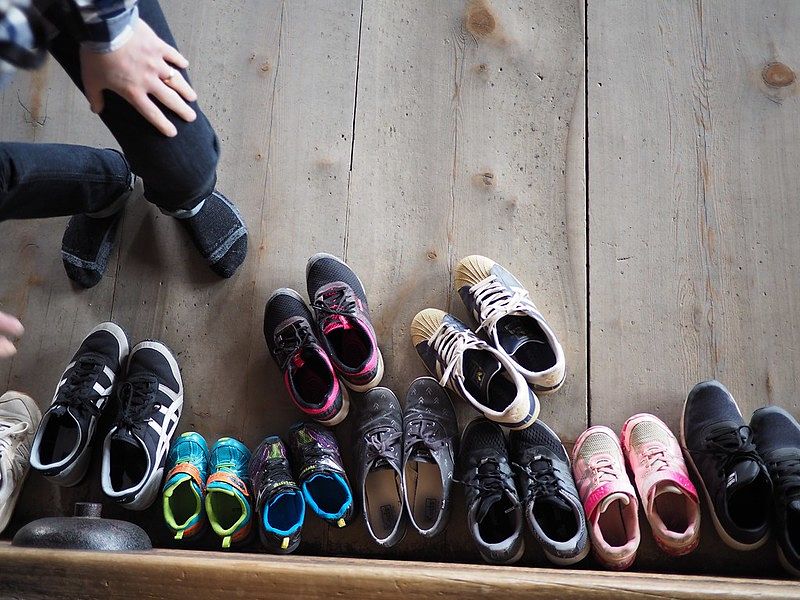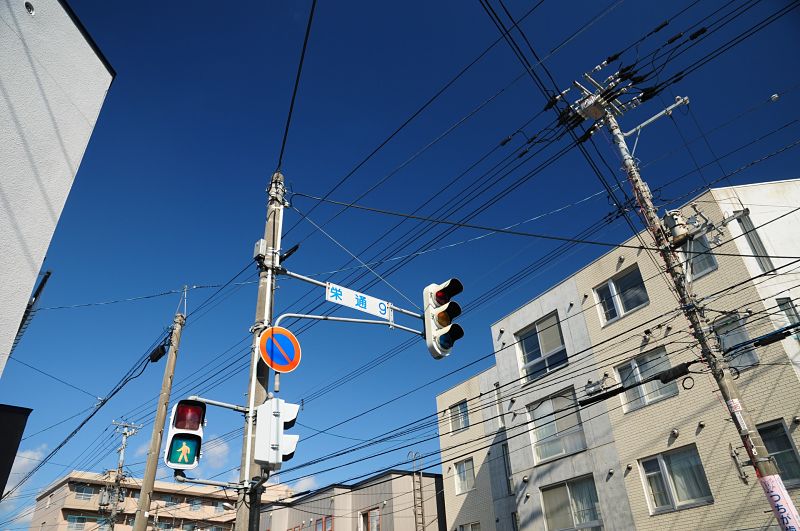9 Fascinating Insights into Japanese Culture
Does Japanese culture interest you?
Well, you're not alone!
Lots of people find Japan and the Japanese absolutely fascinating.
Why? It's culture.
So rich, colourful and meaningful, it captures the imagination of many.
By way of introducing the culture, we're going to look at some of the quirkier aspects of the culture.
We've chosen 9 aspects of the Japanese culture we find love and find fascinating...and hope you do too!
DON'T MISS THE FREE SAMPLE OF OUR COURSE ON JAPANESE CULTURE AT THE END!
9 Things About Japanese Culture We Love!
1. No Street Names
A fascinating insight into how the Japanese see space around them is in their address system.

Image thanks to blog by Blake M Williams (source)
Whereas in much of the world people see the streets as being the important spaces, and therefore having names or numbers, in Japan it's actually the space between the streets that is prioritized.
That’s why in Japan you don’t have street names; you have blocks and within blocks, you have building numbers. And if you think the building numbers are in order, well, you’re wrong – buildings are numbered according to the sequence in which they were built!
2. Nominication
The Japanese are well-known for being very polite and indirect in their communication style.

Photo taken in Agano-shi, Niigata-pref (Japan) by Yutacar on Unsplash
At work, it’s difficult for people to express their opinions and feelings openly. Especially when it comes to anything negative, the Japanese hold back. For them it's all about social harmony.
In order to get around this, the Japanese have created a fascinating way for colleagues to feel at ease and to share feelings or opinions without fear – nominication.
Essentially, nominication is about going to a bar or restaurant as a team, getting drunk and speaking your mind!
3. Nemawashi
Japanese culture is group orientated and collectivist.
Photo by IAEA Imagebank on Flickr (CC BY 2.0)
A fascinating result of this is that they have, over centuries, created a consensus-building process as a means of bringing about change.
Nemawashi involves workers with an idea to create consensus at the peer level before taking up the chain of command. It’s been designed to allow for ideas to flow upwards without causing loss of face or disrespecting hierarchies.
4. Saying 'Bye'
In Japanese culture, a customer or client is treated with the utmost respect.
Players of Japan women's national football team (Nadeshiko Japan) saying bye to supporters at Wembley Stadium 2012.
Photo by Christopher Johnson on Flickr (CC BY 2.0)
When customers or visitors leave work premises or restaurants, it's not surprising to see whole teams of staff follow them to the door and then bow until they have left.
Even if at an elevator, employees may well stay bowing until the doors have closed. Saying 'bye' is a bit of an art in Japan.
5. Elevator Captain
In Japan, if you happen to be the first person into an elevator, you, by default, become the elevator captain!
Photo by Izhak Agency on Unsplash
It’s your job to stand close to the controls, hold the door open for people, press floor numbers and allow people to leave. When leaving the elevator at your floor, make sure you’re the last to leave.
Collective rights and responsibilities are very much a part of Japanese culture.
6. Itadakimasu!
Japanese culture is deeply rooted in Shinto beliefs and a connection with nature.
Photo by Ivan Mlianric on Flickr (CC BY 2.0)
A fascinating expression of this is that the Japanese people say, "Itadakimasu!" before they eat a meal.
It's similar to a prayer, although not in the formal sense, and is their way of showing respect to the food and where it has come from.
7. Shoes off, please
One thing all foreigners visiting Japan comment on is how clean and hygienic the Japanese are.
Photo by Calamity_Sal on Flickr (CC BY 2.0) shows shoes outside temple.
The Japanese are sticklers for detail and one thing they all do is remove their shoes in certain places.
When entering a home, temple, office, restaurant you’ll find shoe racks and slippers, indicating that shoes must come off.
8. Don’t pour yourself a drink
A fascinating aspect of Japanese etiquette is that people do not pour drinks for themselves.
Sake is a common alcoholic drink in Japan. Photo by Jouko Karvonen on Flickr (CC BY 2.0)
In a group setting, pouring yourself a drink is seen as bad manners.
You should pour for others and they should pour for you. If you don’t want to drink any more, then simply leave your glass full!
9. Blue traffic lights
Japanese traffic lights aren’t red, amber and green – they're red, amber and blue!
Modern-day traffic lights in Sapporo, Japan. Photo by Jacky Yu on Unsplash
Well, actually that’s not quite true. Once upon a time they were blue. That’s because in the Japanese language there wasn’t actually a word for green, so they used blue instead.
Today, however, as a nod to the original blue traffic lights, the Japanese use the bluest shade of green they can.
Take a Course on Japanese Culture
If you are working with Japanese colleagues or suppliers, or, pitching to Japanese prospects then stay ahead of the competition by enrolling on our comprehensive online eLearning Japanese cultural training course.
Developed by Japanese business experts for professional business staff, this course will give you all the insights, strategies and direction you need to develop positive, trusting relationships and maximise your business outcomes.
You may also be interested in the following blogs:
- Cultural Tips on Export to Japan and China
- Japanese Cultural Values and their Impact on Business
- The Importance of Apologies in Japanese Culture
Main photo by Jamie Haughton on Unsplash
Related Posts
By accepting you will be accessing a service provided by a third-party external to https://www.commisceo-global.com/

 +44 0330 027 0207 or +1 (818) 532-6908
+44 0330 027 0207 or +1 (818) 532-6908







